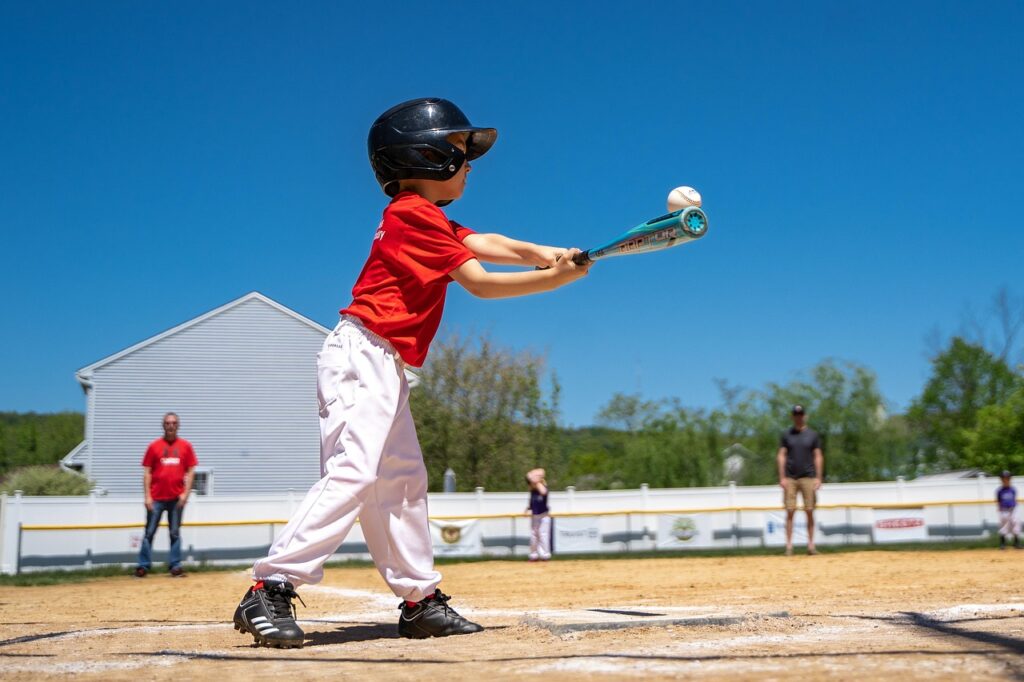Custom wood bats offer players the opportunity to tailor their equipment to exact specifications, enhancing comfort, performance, and confidence at the plate. By selecting wood types such as maple, birch, or ash, as well as customizing size, weight, and design details, players can create a bat that fits their unique swing and style. Custom wood bats provide a personalized feel and optimal performance suited to individual needs, making them a preferred choice for serious players.
These bats are often crafted from high-quality wood, similar to what professionals use, ensuring durability and consistent play. Many manufacturers also offer options like special barrel shapes or personalized engravings, further refining the player’s connection to their bat.
Choosing a custom wood bat allows an athlete to invest in a tool built specifically for them, rather than relying on mass-produced models. This customization can lead to improved results and a better overall experience on the field.
Custom Wood Bat Basics
Custom wood bats offer choices in materials, construction, size, and weight to fit specific player needs. The selection of wood directly impacts durability and feel. The manufacturing process ensures each bat meets performance and personal preference requirements. Proper sizing and weight contribute to a player’s control and swing efficiency.
Types of Wood Used
Maple, birch, and ash are the primary wood types used for custom bats. Maple is dense and hard, providing greater durability and a solid feel but can be heavier. Birch combines the hardness of maple with the flexibility of ash, offering a balanced performance and less breakage. Ash is lighter and more flexible, favored for faster swings and a traditional feel.
Each wood has variations in grain structure that affect strength. The choice depends on a player’s style and preference for weight, hardness, and impact feedback.
Manufacturing Process
The manufacturing of custom wood bats begins with selecting high-grade wood billets, often from the top portion of the tree for uniform grain. The billet is trimmed and shaped using CNC machinery or handcrafting to match the precise specifications requested, including length, barrel size, and handle thickness.
After shaping, the bat is sanded to a smooth finish and often personalized with engraving or painted designs. Some manufacturers offer premium stock options, cutting bats from the highest quality reserve wood for superior performance.
Bat Sizing and Weight
Bat size and weight are critical for performance and comfort. Length typically ranges from 31 to 34 inches for adults, with weight varying from 28 to 32 ounces. The length-to-weight ratio, called the “drop,” usually falls between -3 and -5 (length in inches minus weight in ounces).
Choosing the right size depends on a player’s height, strength, and swing speed. Heavier bats provide power but require more control, while lighter bats offer quicker swings and better maneuverability. Custom options allow for adjustments to balance and taper, improving overall performance.
Designing and Choosing Custom Wood Bats
For an effective custom wood bat, understanding personalization possibilities, selecting the appropriate bat model, and recognizing performance advantages is essential. These elements ensure the bat matches a player’s style, preferences, and needs.
Personalization Options
Custom wood bats offer multiple personalization features beyond basic size and weight. Players can choose the type of wood, commonly maple, ash, or birch, each with distinct weight and durability characteristics.
Engraving is a popular addition, allowing names, logos, or messages to be inscribed on the bat for identification or sentimental value.
Other options include customizing the bat’s shape, handle thickness, taper, and barrel length. Color accents or painted logos can also be applied, giving a unique look. These choices combine to create a bat that suits both aesthetic preferences and functional demands.
Selecting the Right Model
Choosing the right bat model depends on the player’s swing style and position. Models may differ in weight distribution, balance, and length.
Bats can be end-loaded for power or balanced for control and quicker swings. Selecting a model that complements a player’s hitting style improves both contact and power potential.
Some manufacturers provide guidelines or stock pro standard models, which can serve as a baseline. Players should consider testing or consulting experts to find the design that maximizes comfort and control.
Performance Benefits
A custom wood bat tailored to specifications can enhance a player’s performance. Proper weight and balance improve swing speed and control during contact.
Using premium wood with a fine grain pattern increases durability and provides consistent hitting surfaces, minimizing breakage risks.
Customization also allows adjustments that reduce fatigue by better matching the player’s physical attributes, thereby supporting longer and more effective play sessions. These factors contribute to a more confident and efficient batting experience.
